Culinary Delights in Our Region That Are Famous in the World
Hmmm.....refreshing huh.
You are familiar with caesar salad, or a mixture of lettuce, toast, sprinkled with parmesan and olive oil. Or great salad, a mixture of tomatoes, cucumbers, veggies.
If you, steemian friends, admit to liking salad, you must also be familiar with the many types of Indonesian menus. Here are some Indonesian salad menus that have risen in popularity and are starting to be known abroad. Like this for example, karedok.
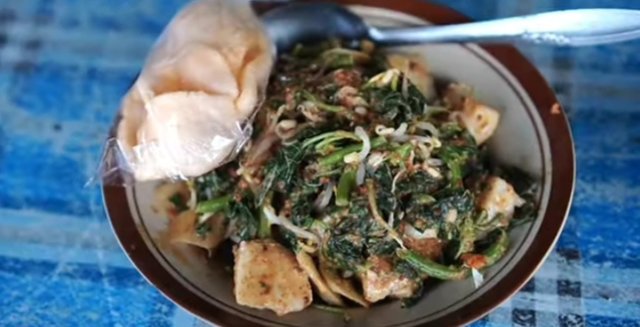
A mixture of raw vegetables with the most typical ingredient, namely long beans, comes from Tanapasunda. This fresh, crunchy dish can be served directly with peanut sauce, which is accompanied by a little sourness. There is also urap.
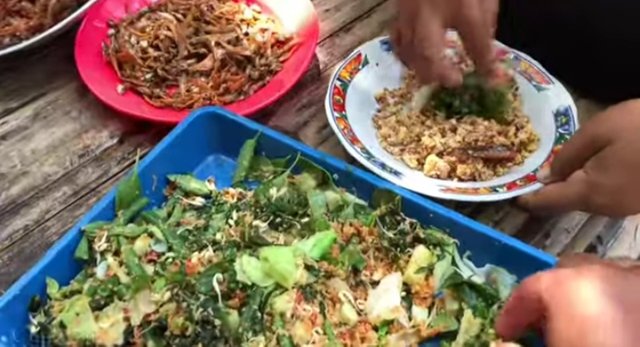
This dish, which originally accompanies Javanese tumpeng rice, is typical with boiled vegetables mixed with grated coconut that is seasoned. For the best taste, the grated coconut must be fresh coconut that is still full of coconut milk, to provide maximum savory taste. Then there is pecel.
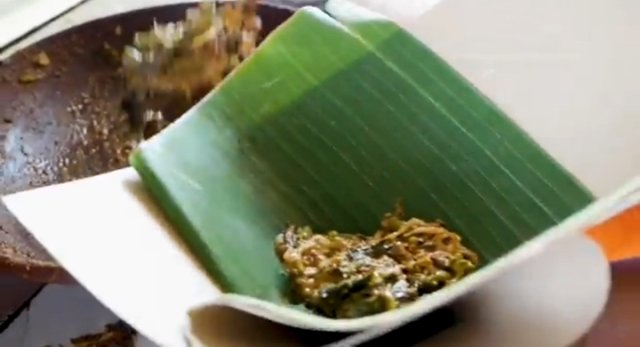
This one is pecel from Betawi. However, it is almost the same as lotek from Java. So, it's okay if we have different knowledge of this menu, especially since it turns out that there are many types of pecel spread across the country that may not have been tried by wonder people. Like pecel Pikai from Minangkabau, and pecel Banyumas. What is certain is that all of them use peanut sauce. Although the vegetables are slightly different. Next is gado-gado.
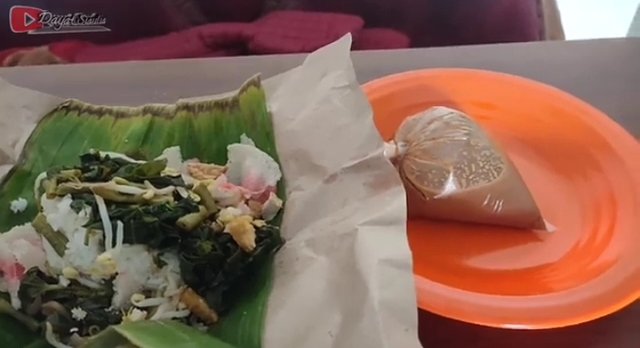
Well, this one is really a mainstay for breakfast. Because the contents are quite filling. Boiled vegetables in gado-gado are mixed with pieces of tofu, tempeh and boiled eggs, making it rich in protein. No wonder this is a favorite Indonesian menu for foreigners. Because gado-gado is so famous, celebrity chef Jamy Oliver was very inspired to create a modification of this menu.
My next information, lontong vs ketupat.
If you look at the shape alone, lontong and ketupat have clearly different shapes. How to make it?
Lontong is made from rice that has been half-cooked. In the process of being steamed, after the rice is washed clean, the rice is cooked with water until half-cooked. After that, the half-cooked rice is wrapped in banana leaves and formed into a long shape. Then the rice is steamed until completely cooked. Usually we find lontong eaten with sardines or curry.
While ketupat, the main ingredient used is the same as lontong, namely rice. What makes it different is the wrapping and the manufacturing process.
To make ketupat, rice is wrapped in young coconut leaves that are woven to form a container. In general, the shape of ketupat is rectangular.
If lontong is made by putting half-cooked rice into banana leaves, ketupat is made by putting raw rice as much as 3/4 of the ketupat wrapper. Then boiled with water until completely cooked. Ketupat is usually eaten with opor or curry.
WHICH IS BETTER NUTRITIONAL BETWEEN LONTON AND KETUPAT?
"Actually, lontong and ketupat, if both are made from white rice or white rice, have the same content. If both are made from glutin rice, they have the same content."
WHAT FOODS ARE GOOD TO EAT WITH LONTONG OR KETUPAT?
"Usually lontong and ketupat are mixed with foods that contain coconut milk. However, the good thing is that as a substitute for rice, it can also be combined with clear soup, with other vegetables. So it doesn't always have to be combined with coconut milk or peanut sauce."
Okay, that was information about food in my country. Hopefully there are benefits to be gained, thank you for reading.
Greetings always compact.
By @midiagam
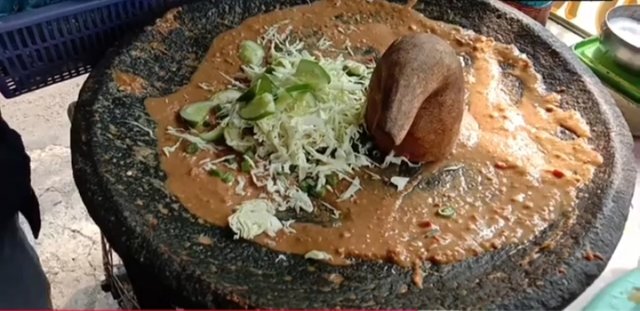
TEAM 2
Congratulations! Your post has been upvoted through @steemcurator04. Good post here should be..Thanks you very much🙂